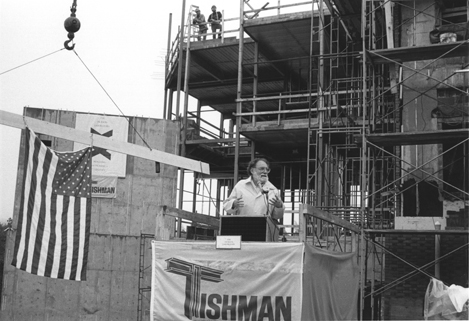
Faculty Research 1990 - 1999
CD4(+) T cells and the proinflammatory cytokines gamma interferon and interleukin-6 contribute to alveolar bone loss in mice.
Document Type
Article
Publication Date
1999
Keywords
Alveolar-Bone-Loss: im, Animal, Bacteroidaceae-Infections: im, pa, CD4-Positive-T-Lymphocytes: im, CD8-Positive-T-Lymphocytes: im, Disease-Models-Animal, Human, Interferon-Type-II: im, Interleukin-6: im, Killer-Cells-Natural: im, Mice, Mice-Inbred-BALB-C, Mice-Inbred-C57BL, Mice-Knockout, Mice-SCID, Porphyromonas-gingivalis: im, SUPPORT-NON-U-S-GOVT, SUPPORT-U-S-GOVT-P-H-S
First Page
2804
Last Page
2809
JAX Source
Infect Immun 1999 Jun;67(6):2804-9
Grant
R29DE10728/DE/NIDR, R01AI24544/AI/NIAID
Abstract
In this study, we used a mouse model to examine the role of the adaptive immune response in alveolar bone loss induced by oral infection with the human gram-negative anaerobic bacterium Porphyromonas gingivalis. Severe combined immunodeficient mice, which lack B and T lymphocytes, exhibited considerably less bone loss than did immunocompetent mice after oral infection, suggesting that lymphocytes contribute to this process. Bone loss after oral infection was decreased in mice deficient in major histocompatibility complex (MHC) class II-responsive CD4(+) T cells, but no change in bone loss was observed in mice deficient in MHC class I-responsive CD8(+) T cells or NK1(+) T cells. Mice lacking the cytokine gamma interferon or interleukin-6 also demonstrated decreased bone loss. These results suggest that the adaptive immune response, and in particular CD4(+) T cells and the proinflammatory cytokines that they secrete, are important effectors of bone loss consequent to P. gingivalis oral infection. The studies also reinforce the utility of the mouse oral infection model in dissecting the pathobiology of periodontal disease.
Recommended Citation
Baker PJ,
Dixon M,
Evans RT,
Dufour L,
Johnson E,
Roopenian DC.
CD4(+) T cells and the proinflammatory cytokines gamma interferon and interleukin-6 contribute to alveolar bone loss in mice. Infect Immun 1999 Jun;67(6):2804-9

